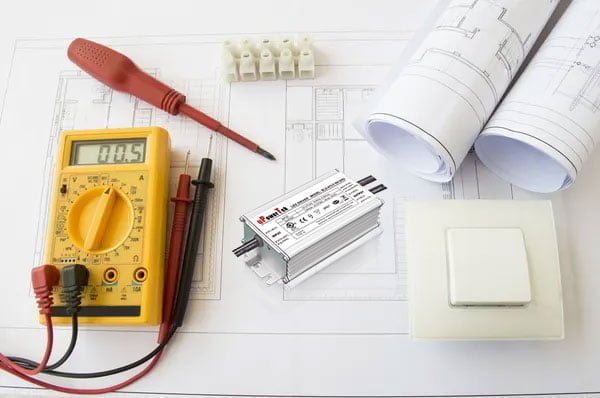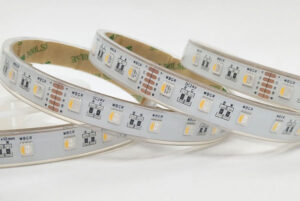When designing a luminaire, did you once have the question whether the light fixture is too heavy? Or is the driver inside the luminaire too hot? Can we put the driver outside?
The answer is YES. More and more high power LED drivers are currently installed outside of the luminaire and the benefits of this design is as below:
Benefits of Remote Installation of LED Drivers
1.Easy maintenance.
As the weakest point of the whole light fixture, LED driver normally has more than 300 pieces of components inside, the users have to think about the failure rate and maintenance in advance. Stadium lights and pole lights are usually installed at least 10 meters away from the ground, and putting drivers on the ground makes it easier to exchange LED drivers or examine the electrical performance.
2.Reduce the luminaire weight.
Less weight can be very important for some pole lights and fishing lights while it is a developing trend of high power luminaires.
3.Thermal consideration.
The light fixtures are heated by LED and LED drivers so no matter putting LED drivers on the fixture or inside fixture, the actual ambient temperature for drivers is higher than the real luminaire ambient temperature. So putting the driver apart from the luminaire makes the driver working in the real cooler environment.

However, putting the drivers away from the fixture may lead to some abnormal operation if not properly designed. This article tells how to make sure the users have a suitable while not too expensive design.
Design Considerations of Remote Installation of LED Drivers
1.Cable thickness.
For remotely installed LED drivers, less current means higher efficiency and less power loss or voltage drop on the cable, but it also means very high output voltage which may increase the insulation cost. The best output voltage range for a high power LED module for a remote mounted driver is 200-300Vdc. If the power of the luminaire is 800W, then the LED current could be 3-4A.
The documentation at this link shows how to find the proper cable size according to wire current.
https://www.jst.fr/doc/jst/pdf/current_rating.pdf

2.Voltage drop on the cable.
The output voltage range of an LED driver is specified on either LED driver labels or datasheets and designers have to make sure the LED load voltage plus the cable voltage drop does not exceed the LED driver output voltage rang.

Both LED driver voltage range and LED module voltage are easy to get, and the key issue here is to get the accurate cable voltage drop.

LED current is known and finding the cable resistance is the key to get the answer. And here is the link on how to get the resistance.
https://www.calculator.net/voltage-drop-calculator.html

Summary
Designers are usually paying great attention to the performance of LED modules and drivers, as well as thermal performance, but sometimes the voltage drop on the cable is omitted. So hope this article can be helpful for you to find the proper design for your remotely mounted LED drivers.





